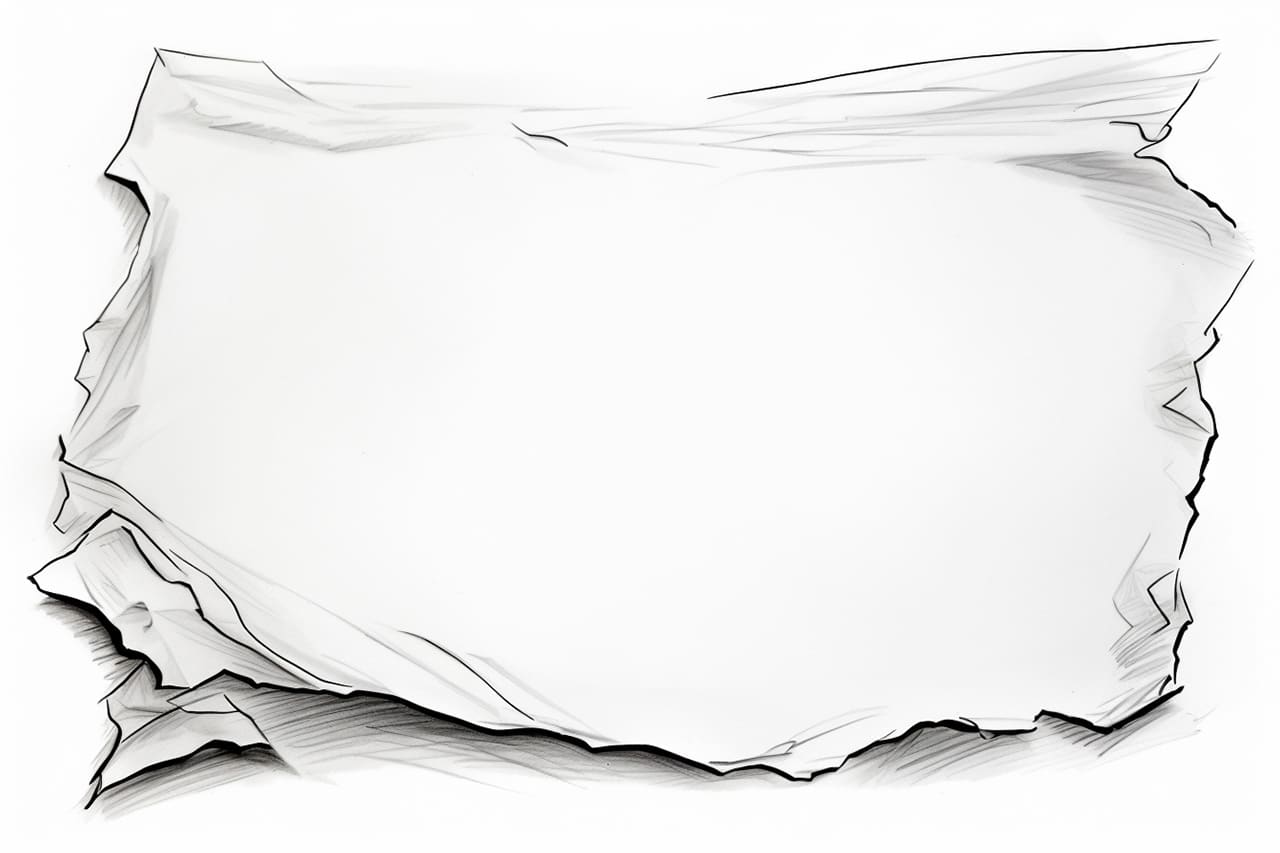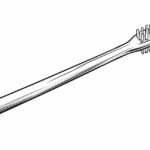Welcome to this step-by-step guide on how to draw a paper! Whether you’re a beginner or an experienced artist, this tutorial will walk you through the process of creating a realistic and detailed drawing of a piece of paper. So grab your pencils and let’s get started!
Materials Required
Before we begin, let’s gather the materials you’ll need for this drawing:
- Paper: Start with a clean sheet of white paper. You can use any type of paper you prefer, but a smooth surface like drawing paper or Bristol board works well.
- Pencils: It’s recommended to use a graphite pencil set that includes various hardness levels, such as 2H, HB, 2B, 4B, and 6B pencils. These will give you a range of shades to work with.
- Eraser: Have a good quality eraser on hand to correct any mistakes or lighten certain areas of your drawing.
- Sharpener: Make sure your pencils are always sharp for precise lines and details.
- Ruler: While not necessary, a ruler can be helpful for creating straight edges on your paper drawing.
Now that we have everything we need, let’s dive into the steps of drawing a paper!
Step 1: Outline the Shape of the Paper
Begin by lightly sketching the outline of your paper. Pay attention to the proportions and angle of the paper. Is it perfectly rectangular or slightly tilted? Use your ruler if needed to create straight edges and ensure accuracy in your drawing.
Step 2: Add the Fold Lines
Fold lines give the paper a more realistic look and add depth to your drawing. Think about where the folds might be and lightly sketch them in. Remember that fold lines may not always be perfectly straight, as paper tends to bend and curve.
Step 3: Develop the Texture
Now it’s time to add texture to your paper. Start by lightly shading the entire surface with your 2H pencil. This will create a base tone for the paper and allow you to build up darker values later on. Pay attention to any subtle variations in tone across the paper’s surface.
Step 4: Create the Shadows and Highlights
Using a softer pencil like 2B or 4B, begin shading the areas that are in shadow. Observe the light source and determine where the shadows would fall on the paper. Build up layers of shading gradually, working from light to dark. Use your eraser to selectively lighten areas that catch the light or to create highlights.
Step 5: Refine the Details
Now it’s time to add the finer details to your paper drawing. Pay attention to any creases, wrinkles, or imperfections on the paper’s surface. Use your pencils to carefully render these details, adjusting the pressure and direction of your strokes to achieve the desired effect. Take your time with this step, as small details can greatly enhance the realism of your drawing.
Step 6: Add the Torn Edges (Optional)
If you want to take your drawing to the next level, you can add torn edges to the paper. Visualize where the tears would occur and lightly sketch them in. Use your eraser to soften and smudge the edges of the tears, creating a more organic and realistic look.
Conclusion
Congratulations! You have successfully learned how to draw a paper. By following these step-by-step instructions, you can create a lifelike and detailed representation of a piece of paper. Remember to practice regularly and experiment with different techniques to further improve your drawing skills.
Drawing a paper may seem simple, but it provides an excellent opportunity to practice shading, texture, and attention to detail. So grab your materials and start sketching. Happy drawing!









